When innovation stops after the science and technology
We recently had an incredible opportunity to bring design thinking to one of the largest pharmaceutical companies in the world. For two and a half days we coached a group of 12 participants through the design thinking process, from empathy interviews, to identifying needs, through to ideation and prototyping. The participants included medical field officers, marketing teams, and people from a partner creative agency. The goal of the workshop was to come up with new ways to create the perception of this company as a leader in a new field, oncology.
As one of the biggest pharma companies in the world, they already hold the title of “leader” in many ways. In drugs that can literally save the lives of people with serious cancer, that was another story. However this year, they are launching new drugs that can give people with less than 6 weeks to live a glimmer of hope for a second chance.
Innovation is touted as sacred in this field. It is the driving force behind these types of major discoveries that are game changers in cancer. Being able to see a super toxic plant in the desert and think, “hey, maybe that can kill cancer,” is one of many stories from those who have revolutionized health solutions.
As amazing as that is, the excitement dies down pretty quickly when you add in the business, the regulation, and the corporate bureaucracy components. Of course these things are necessary, but the passion behind it becomes further and further removed. As we started our work with this company, I began to realize that not only were we there to lead workshops to change the way others perceive this company, but also to change the way people at the company perceive themselves.
Failing is a huge part of innovation and a toxic part of business. Thomas Edison famously said “I have not failed. I’ve just found 10,000 ways that won’t work.” Innovation, science, and technology understand the value and necessity of failure. If everyone stopped after they failed, we would have died off a long time ago. Failure in business however is another story. We asked the participants of the workshop to share one hope and one fear, and the fear of failure came up as a common sentiment.
What we were doing here was bringing innovation out of the pharma lab and into pharma business, failure and all. With that, to remind people of how they got into this field and why they wake up every morning. They play a major role in making sure the right people know about these drugs so they have them in their arsenal to help patients. We were helping them to connect the same creative energy and mindset needed to develop drugs to their role of making their company the go-to resource.
The resistance to the innovation process we brought them through began to subside during the second day. Although there were moments of wanting to push through with the ideas rather than go through the less than serious creative exercises dotted throughout the day to keep energy levels up, people really leaned into the process. We finished strong on the third day with three solid and viable ideas. The team felt inspired to bring these ideas forward, through the obstacle course of regulatory compliance, and move towards bringing them further to life.
The human-centered design process does create user researched, tested ideas, but it also does a lot more. In this case, it sparked the innovation chord of a pharma business bogged down by bureaucracy and regulations.
written by
Hannah Phang

